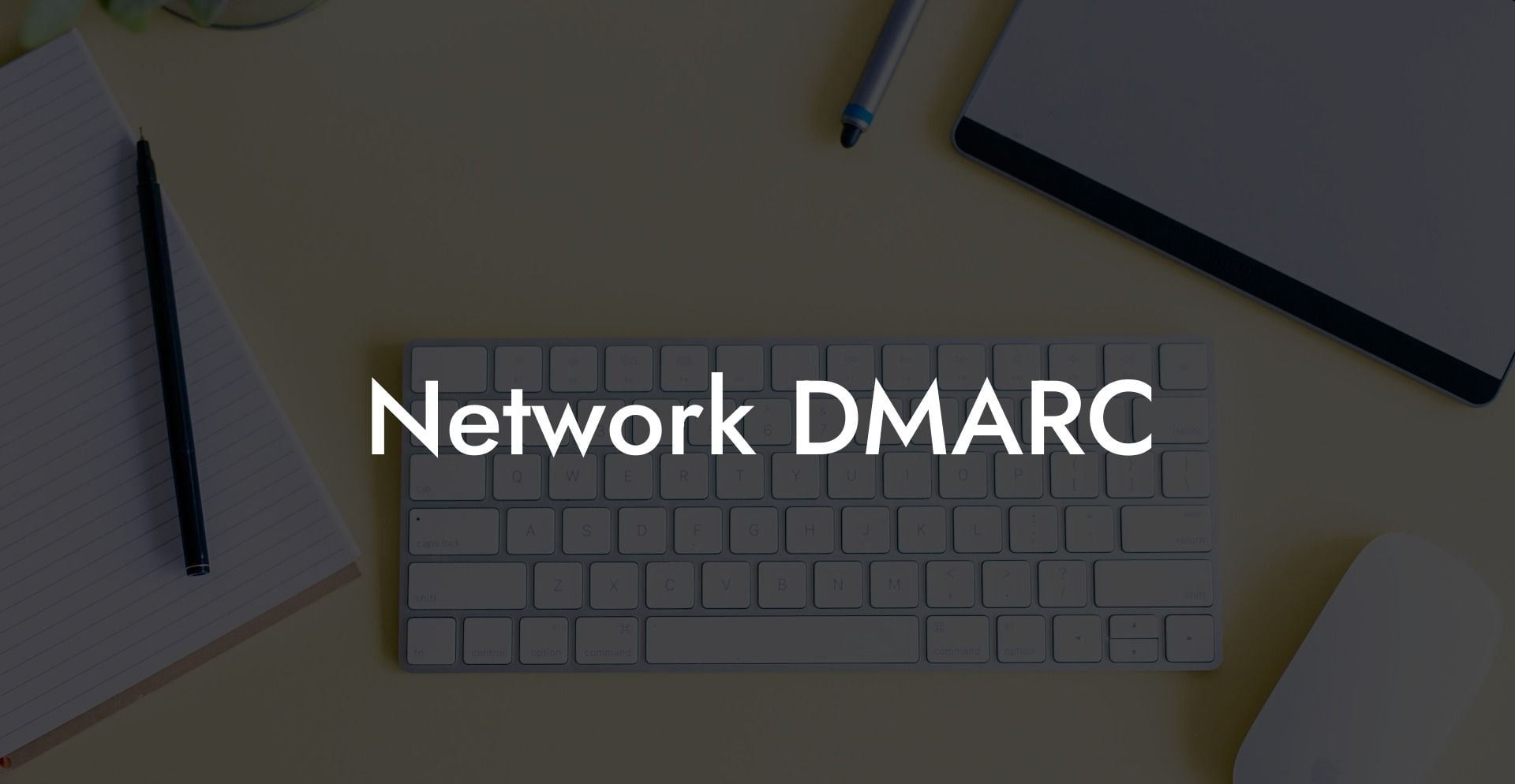Email security is a top concern as cyber criminals consistently seek out new ways to target individuals and organizations. One important aspect of this security is implementing Domain-based Message Authentication, Reporting and Conformance (DMARC), an email authentication protocol. DMARC helps prevent cyber-attacks such as spoofing and phishing, ensuring that senders are legitimate and protecting users from fraudulent emails. In this article, we will discuss the importance of network DMARC and how it can significantly boost your email security, as well as provide a practical example to help you better understand the concept.
What is DMARC?
Domain-based Message Authentication, Reporting and Conformance (DMARC) is an email authentication protocol that combines aspects of Sender Policy Framework (SPF) and DomainKeys Identified Mail (DKIM) authentication to create a more secure and trustworthy email environment. DMARC allows email senders and receivers to cooperate in identifying and blocking fraudulent emails, preventing phishing, spoofing, and other malicious activities.
Why is DMARC Important?
Protect Your Data Today With a Secure Password Manager. Our Top Password Managers:
DMARC is crucial for several reasons, including:
- Enhanced Security: With a proper DMARC setup, organizations can protect their domains from being used in phishing and spoofing attacks, safeguarding their brand reputation and user trust.
- Improved Deliverability: DMARC helps email service providers (ESPs) confidently deliver authenticated emails to a recipient's inbox rather than the spam or junk folder, increasing email reach and optimizing marketing efforts.
- Visibility and Reporting: DMARC provides valuable insight into email delivery and security performances by generating reports that outline authentic and fraudulent email activity associated with a brand's domain.
How DMARC Works
DMARC functions by leveraging SPF and DKIM standards. Email senders publish SPF records and DKIM keys in their Domain Name System (DNS) settings, which are checked by ESPs during the message transmission process. DMARC then establishes a policy for receiving mail servers to follow when they encounter an email that fails SPF or DKIM checks.
DMARC Policies
There are three primary DMARC policies:
- None: This policy is typically implemented during the initial testing and data collection phase. It does not enforce any consequences for emails that fail the checks, but reports are still generated and sent to the domain owner.
- Quarantine: With this policy, emails that fail DMARC checks are sent to the spam or junk folder, providing an extra layer of protection against fraudulent messages but not fully blocking them.
- Reject: This is the strictest policy, completely blocking all emails that fail DMARC checks and providing the highest level of email security.
Network DMARC Example:
Imagine Company A, which regularly sends newsletters and promotional emails to its customers. To ensure that all their emails reach their intended audience and protect their brand from phishing attacks, they implement DMARC by adhering to the following steps:
- Company A sets up SPF and DKIM for their domain, creating records in their DNS.
- Next, they create a DMARC record, specifying a policy of "none" to begin collecting data and testing the authentication mechanisms.
- Company A analyzes the collected DMARC reports to ensure that legitimate emails are passing the authentication checks and to identify potential threats.
- Once Company A is confident in the performance of their DMARC set-up, they change their policy to "quarantine" or "reject," effectively elevating their email security level.
Implementing a network DMARC policy significantly enhances email security and resilience against phishing and spoofing attacks. It safeguards a business' reputation and prevents the unauthorized use of its domain name, while also improving email deliverability and optimizing marketing efforts. Ready to take your email security to the next level? Keep exploring Voice Phishing for more valuable insights and guides on how to defend your brand online and ensure that your communication remains safe and secure. Don't forget to share this post with fellow professionals looking to strengthen their cybersecurity measures!
Protect Your Data Today With a Secure Password Manager. Our Top Password Managers:















